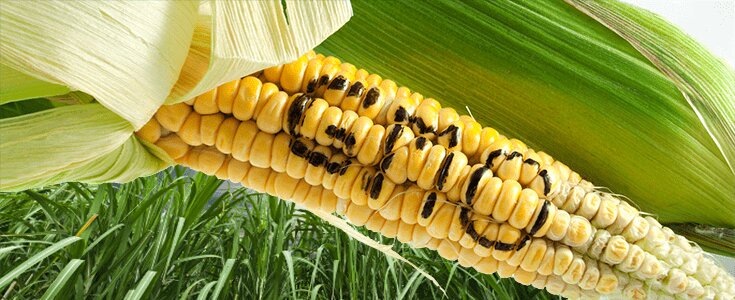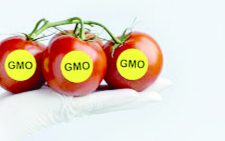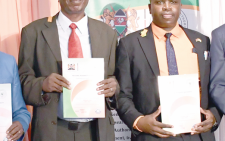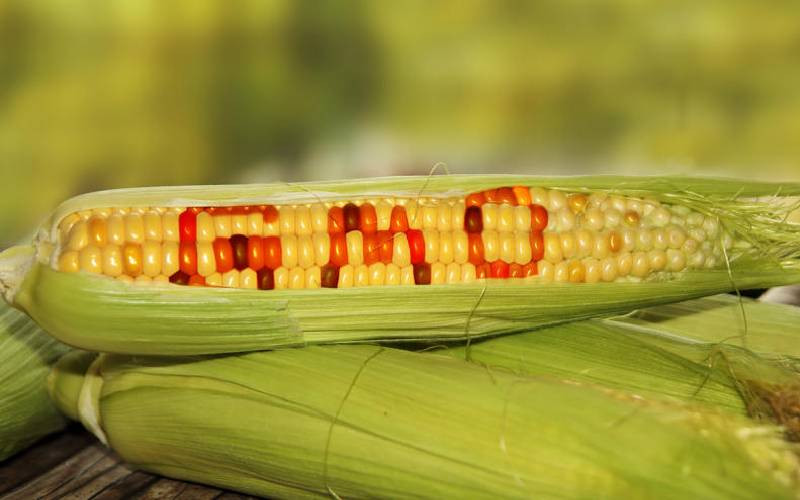Resolve dispute over available maize stocks

Once again, maize is at the centre of a raging debate after the State announced plans to import 10 million bags of both the genetically-modified and organic varieties amid a drought that has left over five million people hungry.
But in two days, even a planned importation of maize is no longer feasible, after farmers and politicians from Kenya’s food basket complained about possible market distortions now that they are approaching harvesting season. That maize imports could flood the market forcing them to sell their maize at lower prices may be true, hence the need to listen to their side of the story, especially if it will alleviate grain shortage.
Farmers are suggesting that there is enough maize in the country and now Trade Cabinet Secretary Moses Kuria asked them to sell some 50 million bags of the grains to millers to eliminate the need for imports. That local farmer are said to be sitting on 20 million bags and are set to harvest about 35 million more in the next two weeks will come as surprise news to those who have been made to believe the drought has affected harvests countrywide. But this raises a lot of fundamental questions about contested data, with concerns that different stakeholders may be providing different numbers even as hungry Kenyans wait for supplies.
The Ministry of Agriculture is the institution mandated to generate data on food security and if there are gaps, they must be resolved for ease of planning. The question that arises is; Do we have different positions on available maize stocks by the Agriculture ministry and by the Strategic Food Reserve board, the two institutions mandated with maintaining food security? Do millers have different data and how does this affect the situation? The way data about this commodity is treated by the Agriculture ministry, clearly, is the cause of all the confusion in the sector and in the campaign to combat hunger. But it could also be a pointer to a lacuna in the transition mechanism when the new administration was taking over in September. It is about time the information asymmetry in the sector is resolved to ensure that the disparity between the demand for maize and local production, which has been blamed for food insecurity is cleared. This is the only way that the import debate will stop being political.
That said, it is good that the government has dropped its hardline stand on the importation of GMO maize. Now, stakeholders need to know where they can get maize locally so that production of flour can be ramped up and prices brought down to affordable levels.














